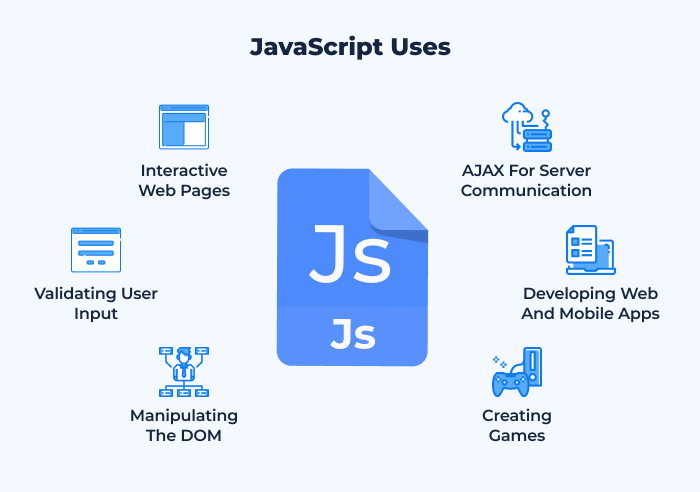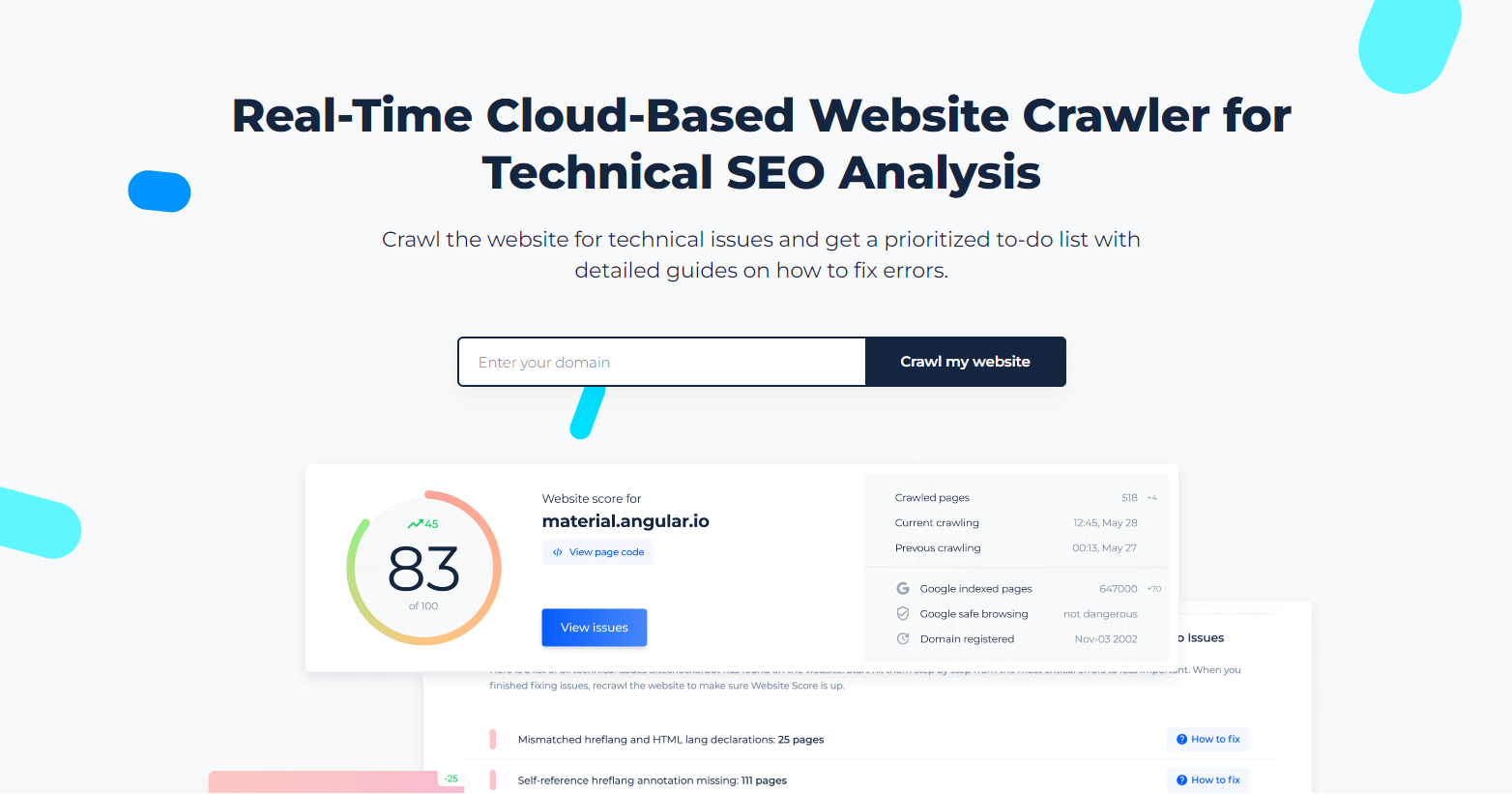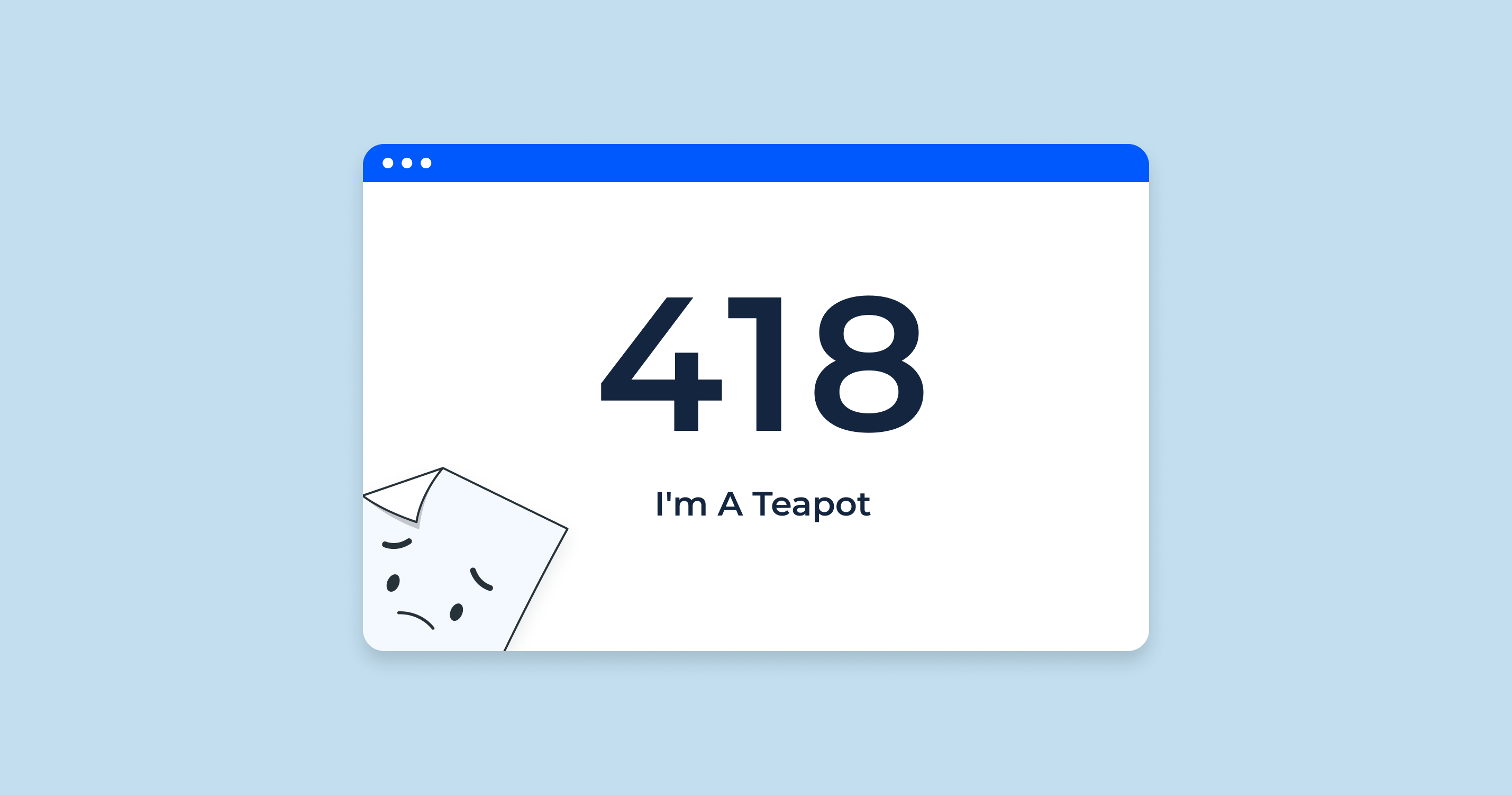What is JavaScript?
JavaScript is a high-level, often just-in-time compiled, and multi-paradigm programming language. It is one of the core technologies of the World Wide Web, alongside HTML and CSS.

JavaScript is a very versatile language that can be used for a wide variety of tasks, including:
- Adding interactivity to web pages, such as menus, forms, and animations
- Validating user input
- Manipulating the DOM (Document Object Model) to add, remove, and modify HTML elements
- Communicating with servers via AJAX (Asynchronous JavaScript and XML)
- Developing web applications and mobile apps
- Creating games and other interactive multimedia content
JS is a very popular language, and it is used on over 98% of all websites. It is also one of the most in-demand skills in the tech industry.
Examples of how JavaScript is used on the web
- When you click a button on a web page and something happens, such as a menu appearing or a form being submitted.
- When you see an animation or video on a web page.
- When you enter text into a form on a web page and it validates your input.
- When you use a web application, such as Google Docs or Gmail.
If you are interested in learning more about JavaScript, there are many resources available online and in libraries. There are also many online tutorials and courses that can teach you the basics of the language.
Libraries vs. Frameworks
Libraries are collections of pre-written code that can be used to perform specific tasks. They are typically used to add functionality to an existing application. Libraries are typically modular, meaning that they can be used independently of each other. This makes them very flexible and reusable.
Frameworks are more comprehensive than libraries. They provide a complete structure for developing an application, including the architecture, design patterns, and best practices. Frameworks can be used to develop a wide variety of applications, from simple websites to complex enterprise systems.
Here is a table that summarizes the key differences between libraries and frameworks:
| Feature | Library | Framework |
| Scope | Specific task | Complete application |
| Flexibility | Very flexible | Less flexible |
| Control | Developer has complete control | Framework controls the flow of the application |
| Learning curve | Easier to learn | More difficult to learn |
| Examples | React, jQuery | Angular, Vue.js, Django |
Which one Should you use?
The best way to decide whether to use a library or a framework is to consider the specific needs of your project. If you need to add functionality to an existing application, then a library is a good option. If you are developing a new application from scratch, then a framework can be a good option, especially if you want to use a proven architecture and best practices.
Factors to consider when choosing between a library and a framework:
- Your experience level: If you are a beginner, then a library may be a better option than a framework. Libraries are typically easier to learn and use.
- The size and complexity of your project: If you are developing a large and complex application, then a framework may be a better option than a library. Frameworks can provide you with the structure and tools you need to develop a complex application quickly and efficiently.
- Your team’s experience and preferences: If you are working on a team, then it is important to consider the experience and preferences of your team members when choosing between a library and a framework. It is also important to choose a technology that is supported by your team and that you can all agree on.
Ultimately, the best way to decide whether to use a library or a framework is to evaluate your specific needs and requirements.
How Does JavaScript Affect Site Performance?
JS can affect site performance in a number of ways, both positively and negatively.
On the positive side, JavaScript can be used to improve the user experience of a website by adding interactivity and dynamic features. For example, JavaScript can be used to create animations, menus, and forms. It can also be used to validate user input and to communicate with servers in real time.
However, JavaScript can also have a negative impact on site performance. This is because JavaScript needs to be downloaded, parsed, and executed by the browser before the page can be rendered. This can add a noticeable delay to the page load time, especially for websites that use a lot of JavaScript.
In addition, JavaScript can also block the main thread of the browser. This means that the browser cannot render the page or respond to user input until the scripting language has finished executing. This can lead to a laggy and unresponsive user experience.
Tips for Optimizing JavaScript for SEO
With the right strategies in place, one can ensure that their JavaScript-driven website is not just dynamic, but also search-engine friendly. Below are some pivotal tips to optimize your JS for enhanced SEO performance.
Allow Google to discover all your content
This means making sure that your JavaScript is rendered on the server, or using a client-side rendering solution that Googlebot can understand. You can also use structured data to help Google understand the content of your JavaScript-generated pages.
Implement pagination correctly
If your JavaScript is used to paginate your content, make sure that you are using proper rel=”next” and rel=”prev” attributes on your links. This will help Googlebot crawl and index all of your paginated pages.
Use proper <a href> links
When linking to JavaScript-generated content, make sure to use proper <a href> links. This will help Googlebot crawl and index your scripting languag generated content.
Optimize your images
Even if your images are generated by JavaScript, you should still optimize them for SEO. This includes using descriptive alt text and file names, and compressing your images.
Use server-side rendering
Server-side rendering (SSR) is a technique that renders your JS on the server and sends the pre-rendered HTML to the browser. This makes it easier for Googlebot to crawl and index your content.
Use a JavaScript SEO plugin
There are a number of JavaScript SEO plugins available for popular content management systems like WordPress. These plugins can help you optimize your JavaScript for SEO without having to write any code.
More in the video by Google Search Central:
Optimizing JavaScript for SEO is vital for website performance. Compressing your JavaScript code speeds up load times, and using a content delivery network (CDN) enhances delivery by serving from proximal servers. However, it’s wise to limit excessive JavaScript usage to avoid slowing down your site. Regularly testing, using tools like Google Chrome’s DevTools, ensures error-free code.
By adhering to these strategies, your website’s search visibility and user experience can significantly improve.
Troubleshooting and Solving JavaScript for SEO Errors
Navigating JavaScript’s impact on SEO presents challenges. While JS adds dynamism to websites, it can also pose SEO issues. Addressing these promptly can improve site visibility and user experience.
Let’s delve into common JavaScript-related SEO challenges and their solutions.
JavaScript Rendering Issues
JavaScript-heavy websites might face challenges when search engines try to render their content, leading to partial or complete invisibility of the content on search engine results.
Slow Page Load Times
Excessive or unoptimized JavaScript can significantly increase the time it takes for a page to load, impacting user experience and SEO.
Unindexed JavaScript-Generated Content
Sometimes, content loaded dynamically using JavaScript may not get indexed by search engines, causing valuable information to be missing from search results.
Remove Unused JavaScript
Having unnecessary JavaScript on your website can slow down page load times, affecting both user experience and SEO performance.
Pages Don’t Character Encoding
Not specifying a character encoding can lead to text rendering issues, which can distort website content and degrade user experience.
Page Broken JavaScript Files
Corrupted or incomplete JavaScript files can disrupt website functionality, resulting in a compromised user experience and potential SEO drawbacks.
JavaScript File Size Over 25 KB
Large JavaScript files can cause extended page load times, harming user experience and search engine rankings.
Optimize JavaScript Impact on Your Site With Sitechecker’s Website Crawler

SiteChecker.Pro’s website crawler is an invaluable tool for assessing how JavaScript affects a website’s performance. By delving into the intricacies of a site’s structure and its assets, the crawler can pinpoint inefficiencies or bottlenecks caused by JavaScript scripts or functions. This is especially crucial in today’s digital age, where web speed and responsiveness directly impact user experience and search engine rankings.
Moreover, as JavaScript plays a pivotal role in rendering content and ensuring interactivity, any misstep in its execution can result in significant user engagement issues. SiteChecker.Pro helps in identifying redundant scripts, bloated code, or non-optimized functions that might slow down a page’s load time or hamper its responsiveness. By highlighting these issues, webmasters and developers can take actionable steps to streamline their JavaScript and enhance web performance.
In essence, SiteChecker.Pro’s website crawler acts as a diagnostic tool, offering insights into the often overlooked aspects of JavaScript’s impact on web performance. By providing a detailed analysis, it allows for data-driven optimization, ensuring websites deliver a seamless and speedy experience to their users.
Conclusion
JavaScript is integral to modern web development, powering interactivity on most websites. While it enriches user experience with dynamic features, it can also hinder website performance if not properly optimized. Balancing its capabilities with efficient use is crucial for both user experience and search visibility. Tools like SiteChecker.Pro provide essential insights into JavaScript’s impact on site performance, aiding developers in making data-driven optimizations. The objective remains: maximize functionality without compromising speed or SEO.





